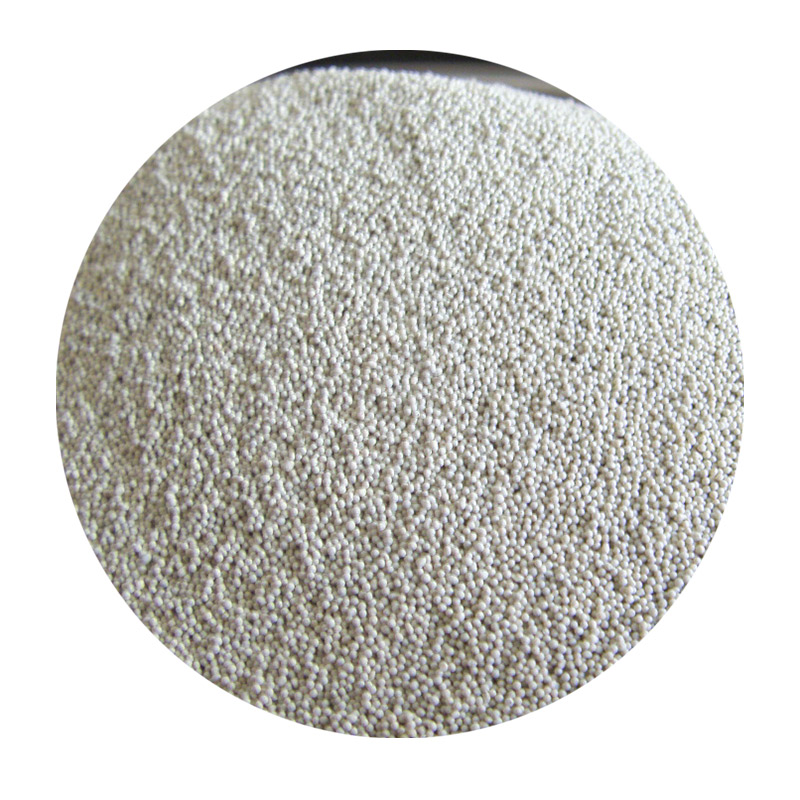The Art and Science of 3D Printing Sanding
3D printing has revolutionized the way we create objects, from intricate prototypes to functional components used in various industries. While the technology itself has made remarkable strides, the finishing processes that follow 3D printing, particularly sanding, play a crucial role in achieving the desired aesthetics and functionality. This article explores the importance of sanding in 3D printing, the techniques involved, and tips for achieving optimal results.
Understanding the Need for Sanding
One of the defining characteristics of 3D printed objects is the layer-by-layer construction method. Each layer adds a new level to the printed object, which often results in visible lines, rough surfaces, and irregularities. These features can be particularly pronounced in certain printing processes, such as Fused Deposition Modeling (FDM), where filament is extruded through a nozzle to build the object. While these layer lines can add a unique quality to a print, they can also detract from the overall appearance, especially in models meant for presentation or consumer use.
Sanding becomes necessary to enhance the surface finish, smooth out imperfections, and prepare the item for painting or other surface treatments. A well-sanded object not only looks better but can also improve functionality, as smoother finishes may reduce friction and improve fit in mechanical assemblies.
Techniques for Sanding 3D Printed Objects
Sanding 3D printed components involves a blend of creativity and technical skill. Here are several techniques to consider
1. Choosing the Right Grit The sanding process typically begins with a coarse grit sandpaper (around 80-120 grit) to remove major imperfections and layer lines. As the surface smooths, transitioning to finer grits (220, 400, up to 2000 grit) will enhance the finish progressively.
3d printing sanding

2. Hand Sanding vs. Power Tools For smaller or more intricate models, hand sanding with sandpaper works best, allowing for more control and precision. However, for larger objects, power tools such as rotary sanders can speed up the process. Be cautious when using power tools, as they can easily remove too much material if not handled carefully.
3. Wet Sanding For the ultimate smooth finish, wet sanding is an excellent technique. This involves using sandpaper with water, which reduces dust and heat buildup, allowing for a more even and finer finish. It is particularly useful for plastics like PLA or ABS.
4. Filling Gaps Sometimes, sanding alone won't suffice, particularly for prints with significant gaps or surface imperfections. In such cases, using filler putty–often a solvent-based epoxy or a specialized 3D printing filler–can fill undesirable areas, which can then be sanded down to create a smooth surface.
5. Post-Processing with Chemicals For certain materials, chemical smoothing agents (like acetone for ABS prints) can dissolve the top layer of plastic, eliminating layer lines and leaving a shiny surface. While this method is effective, it should be approached with caution due to health risks and the potential for damaging the model if not properly monitored.
Tips for Achieving Optimal Results
- Work in a Well-Ventilated Area Whether sanding or using chemicals, ensure that your workspace is well-ventilated to avoid inhaling dust or fumes. - Be Patient Achieving a smooth finish takes time and patience. Rushing the process can lead to uneven surfaces or even damage to the print. - Test on Scrap Prints If you're unsure about a technique, practice on scrap pieces before working on your final item. - Use Protective Gear Always wear safety goggles and a mask when sanding to protect yourself from dust and debris.
Conclusion
Sanding is an essential skill in the realm of 3D printing, transforming rough, layered prints into polished, professional-looking models. By mastering various sanding techniques and understanding when to utilize them, hobbyists and professionals alike can elevate their 3D printed creations. As 3D printing technology continues to evolve, the art of sanding will remain a critical step in the journey from design to finished product.
Post time:12月 . 29, 2024 16:27
Next:Exploring the Role of Sand in the Metal Casting Process and Its Benefits
